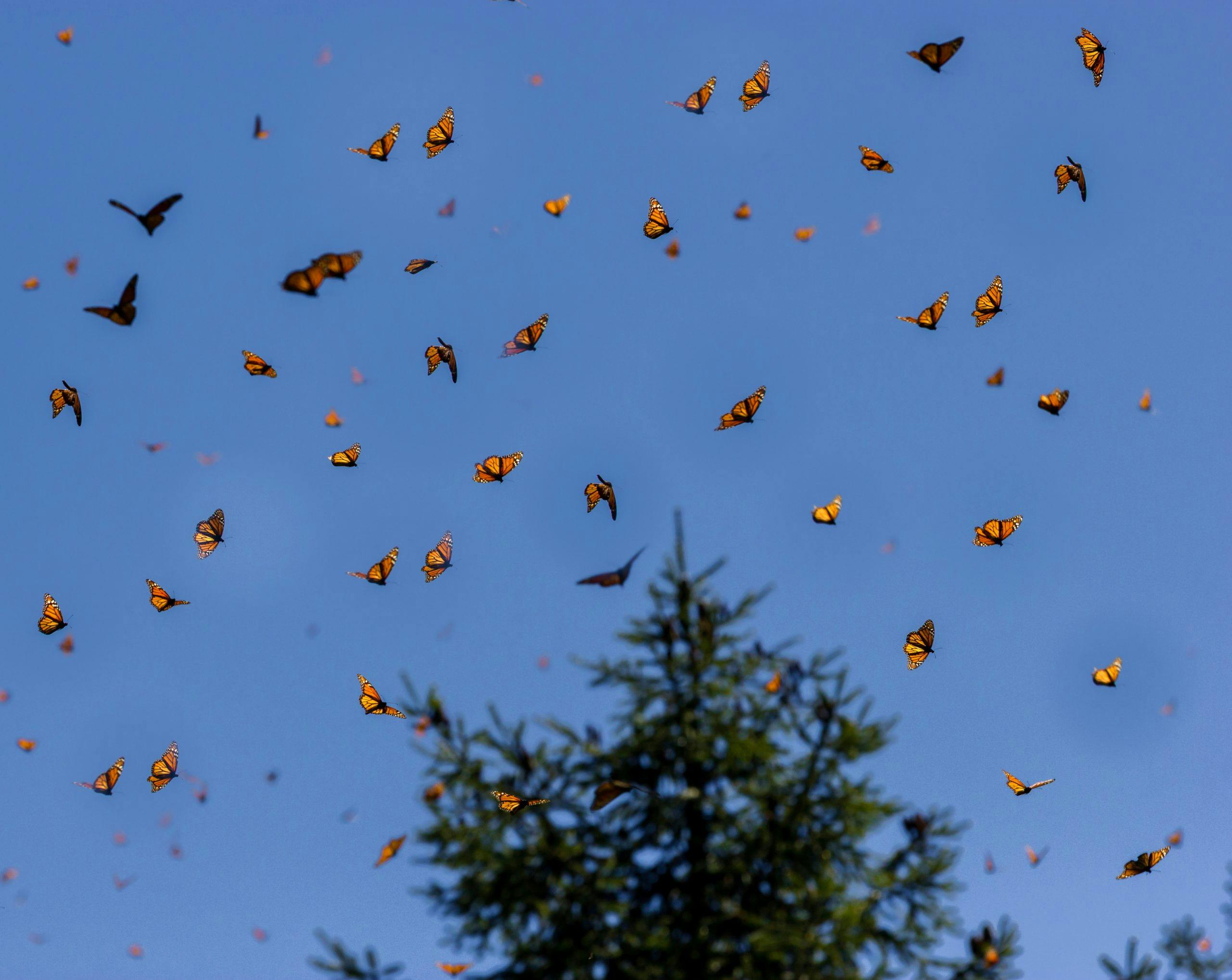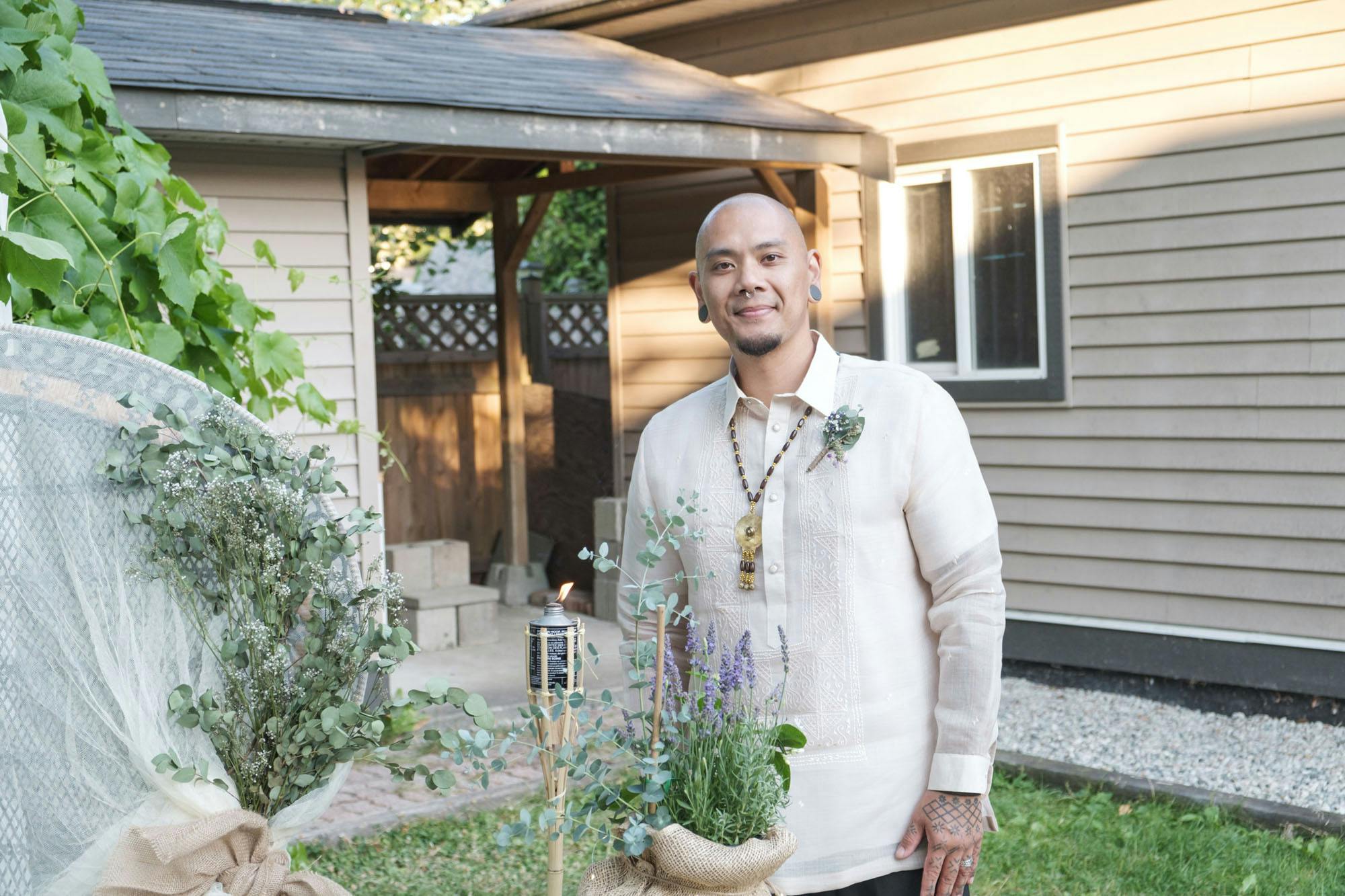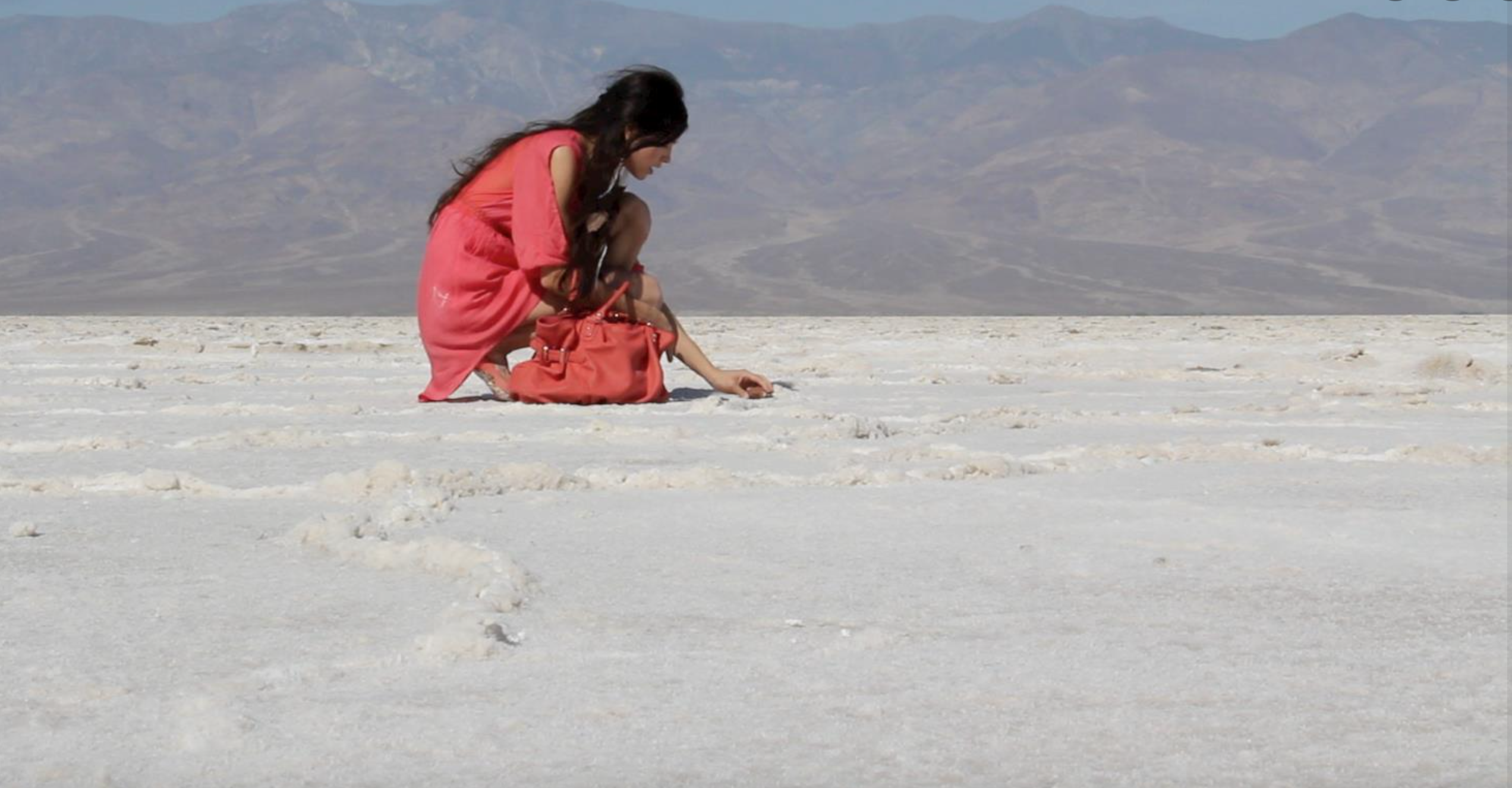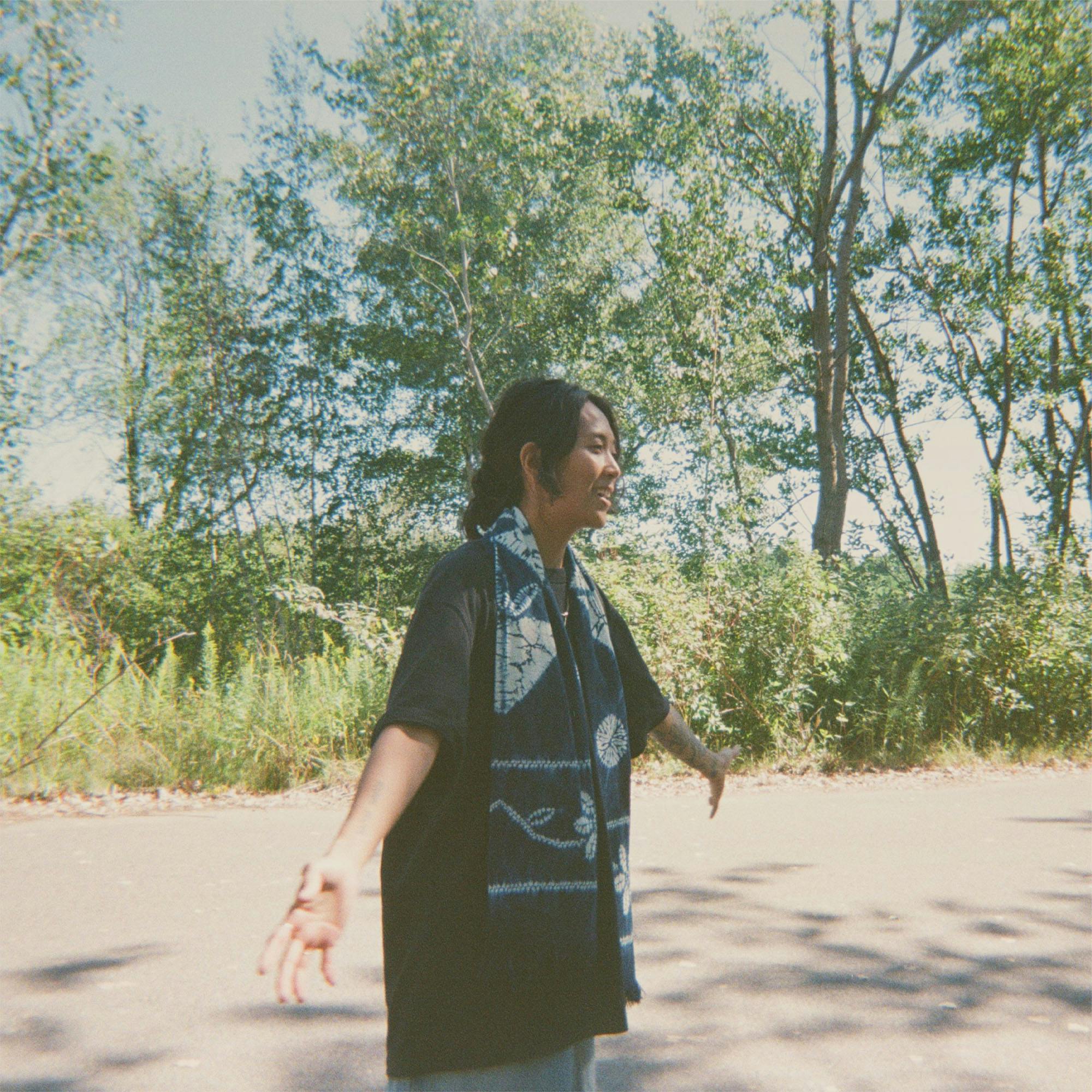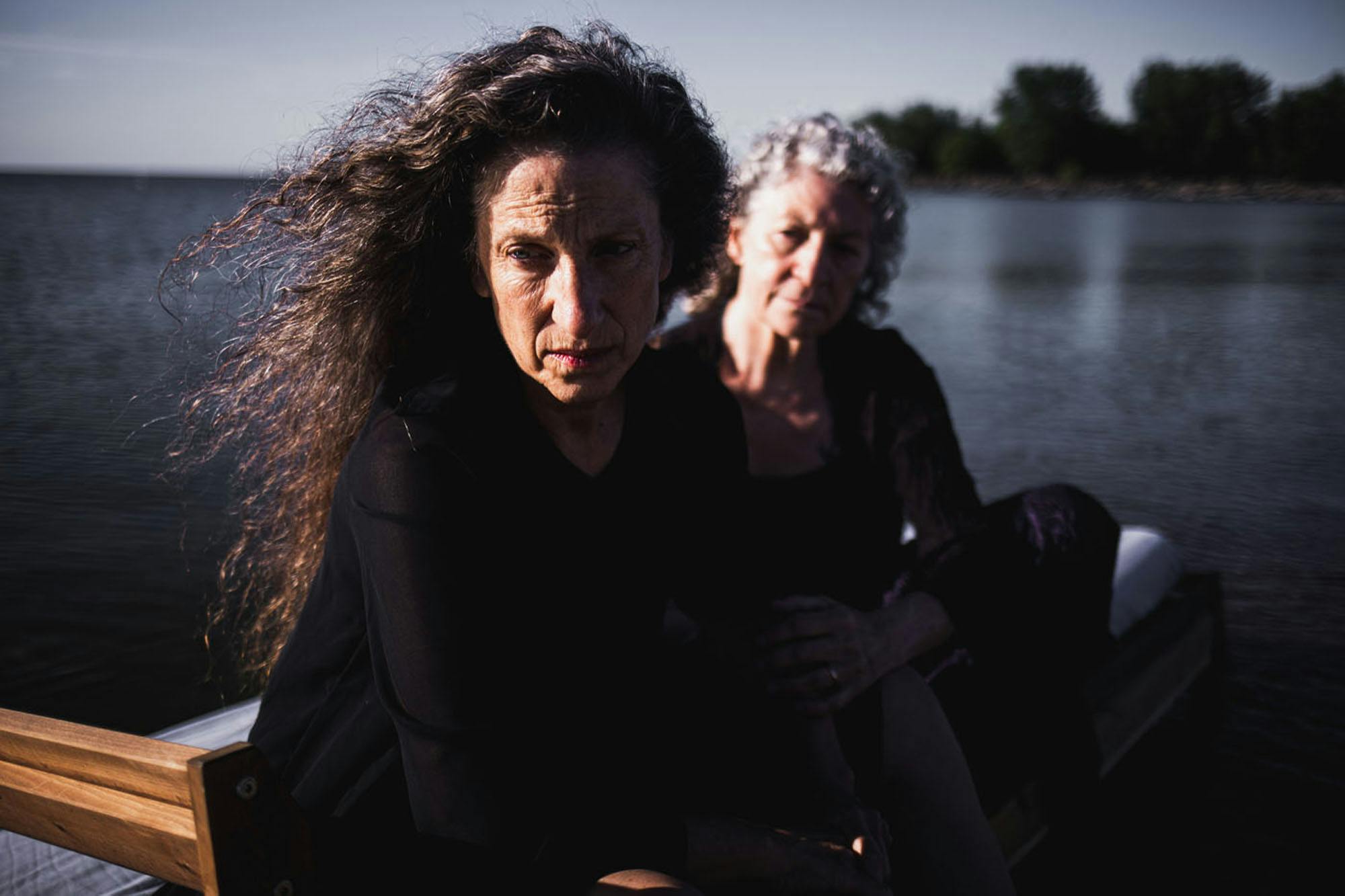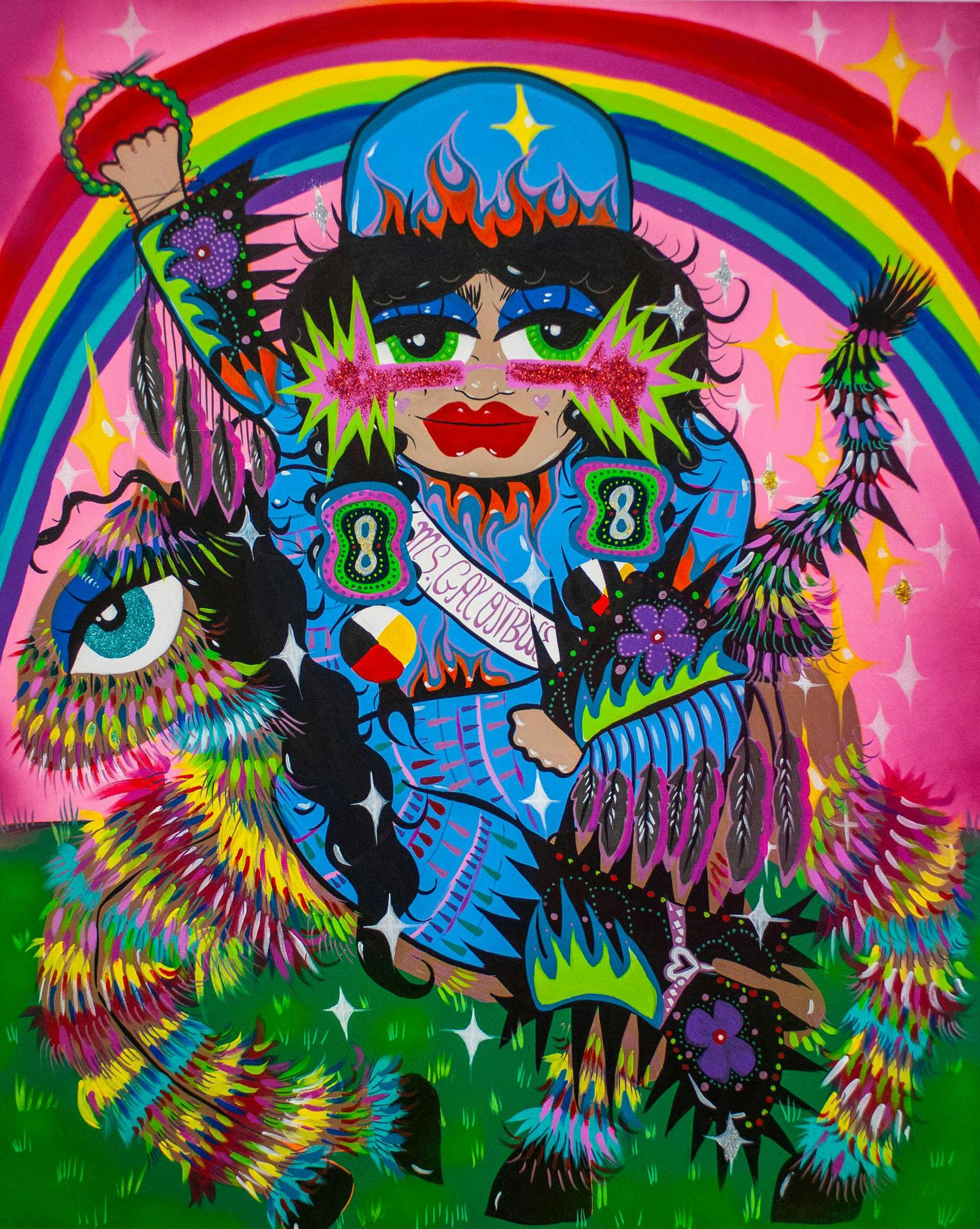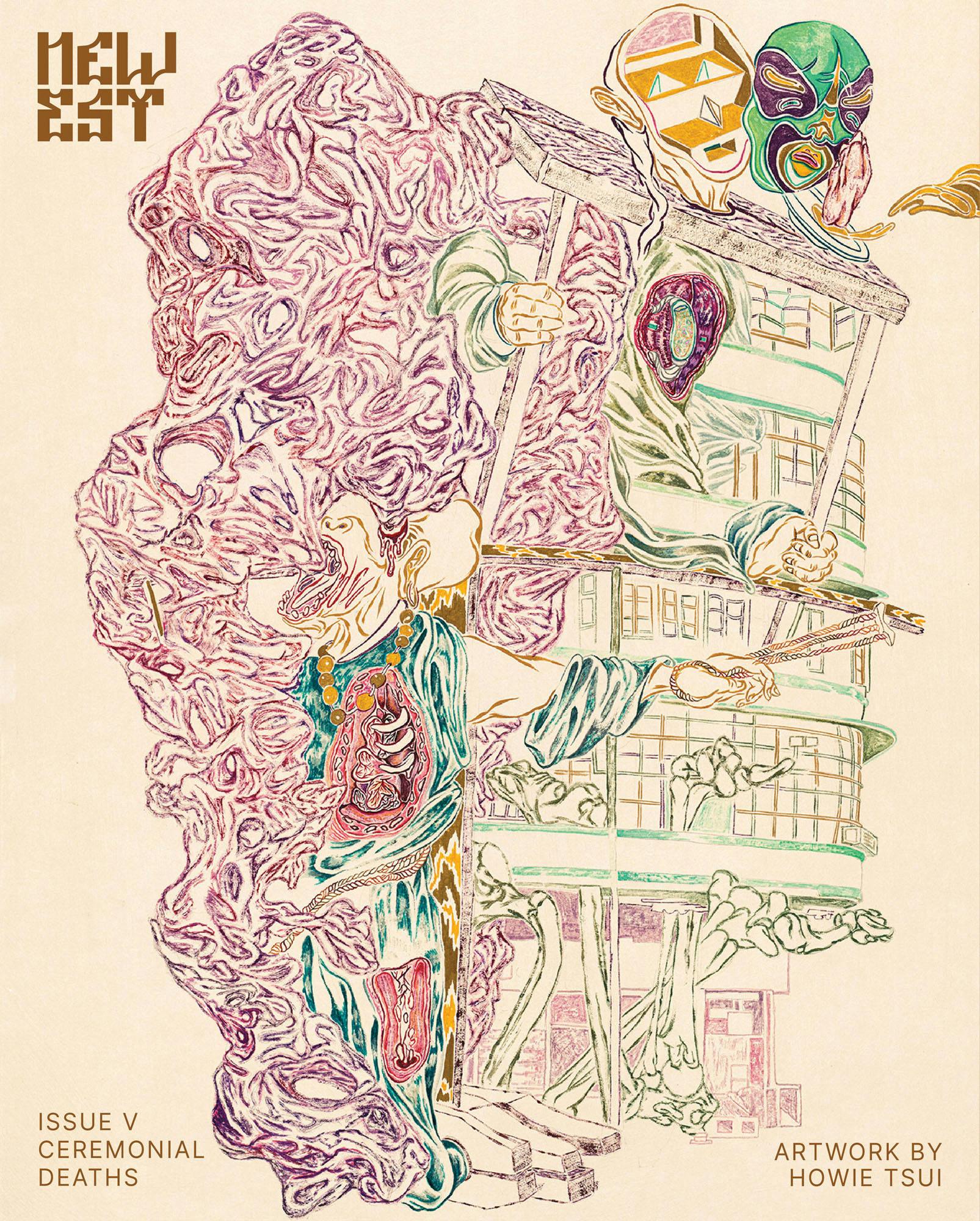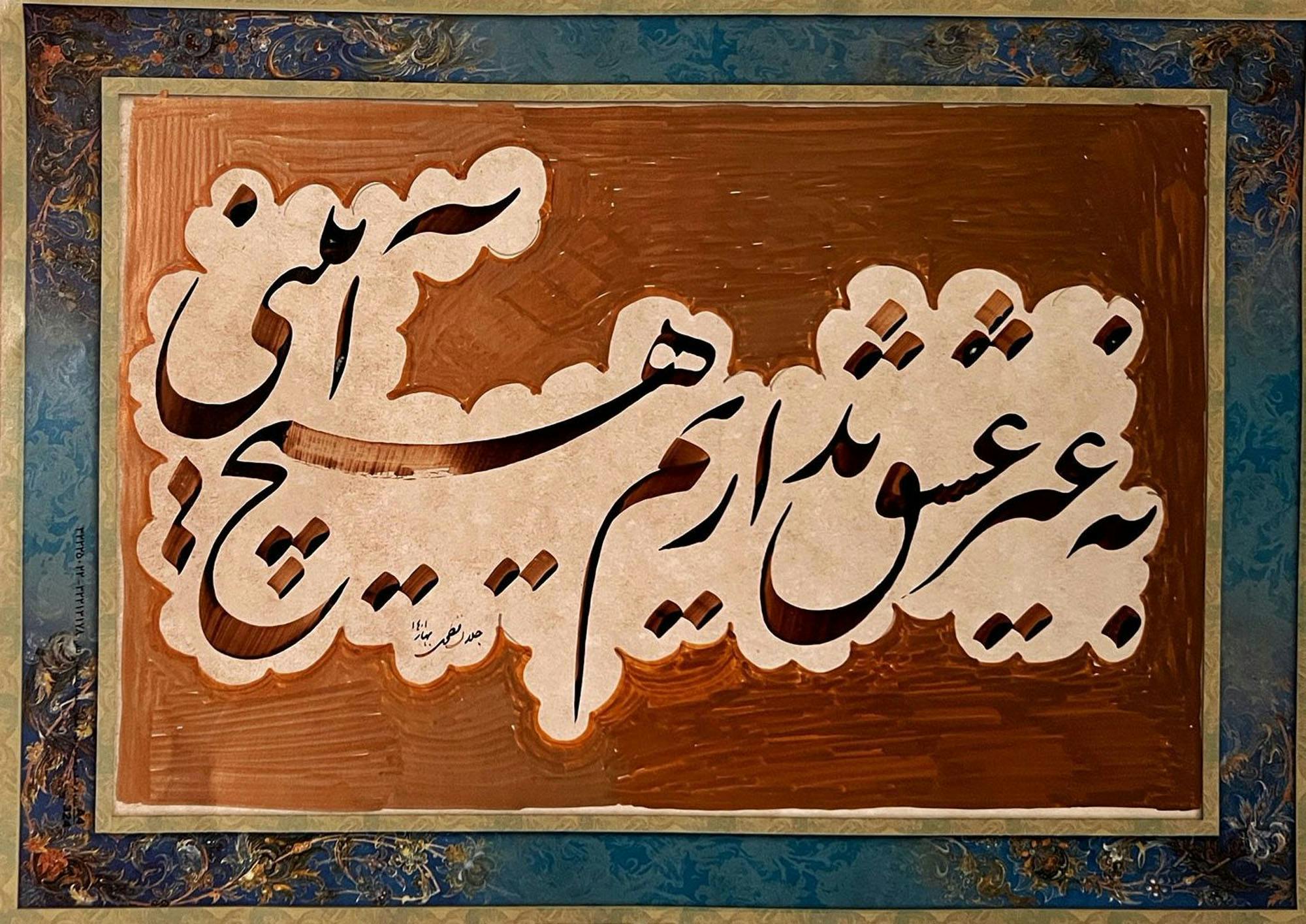
Jalal and I met at Massey College while he taught my nephew Arjan how to play pool. As he helped Arjan hold the cue, he shared how he was one of thirty thousand people at the airport as the Taliban seized Kabul. It was quite the juxtaposition to experience, one of loving mentorship and the other of war torn realities. His words below give clarity on how love and war can co-exist inside a traumatised body.
My father left high school and moved to Iran after the Soviet Union invaded Afghanistan forty three years ago. He worked a full-time manual job at a quarry factory in Isfahan, not something he aspired for. He started taking Persian (Farsi) calligraphy classes after a while and mastered three types of Persian calligraphy including Nastaliq, known as the bride of Persian calligraphy because of its beauty.
He returned to Afghanistan and with some friends, established the first school in our village. My father taught me Nastaliq from a young age. He would help me hold the calligraphy pen and move it along the paper. Since Persian calligraphy deeply romances Persian poetry, I fell in love with both forms and spent a huge part of my childhood wandering among literary books and artworks. Growing up in such an environment, calligraphy and poetry began playing important roles in my life.
Art in general and calligraphy in particular is not appreciated in Afghanistan, a society which has been going through conflict for the last four decades and increasingly going through political instability and extreme poverty. It may not make sense to expect people to appreciate art while they struggle for their next meal. Even so, calligraphy is something personal to me for several reasons.
As a person who has lost several close friends in explosions and suicide attacks, I was not able to visit my family more than once per year due to security reasons. There have been moments I found myself completely helpless and calligraphy has been one of very few sources to rely on. It helped me establish a peaceful relationship with my inner and outer world despite spending my entire youth in war. It helped me find meaning in life. My intimate relationship with calligraphy helped keep inner peace and positive energy.
My life became even more complicated when I started to report on war and got involved with small details of misery people going through. My calligraphy practice felt like a spiritual activity to help cope with the huge volumes of anxiety and depression I was going through.

روز چندین بار غمگین، روز چندین…هیچ، شاد
تا هنوز این داستان تلخ دارد امتداد
میرویم و زیر پای عابران له میشویم
برگهای کندهایم از شاخه در دستان باد
خواهرم را انتحاری شام روز جمعه کشت
دخترم را انفجار بُمبِ هشت بامداد
منتظر بودم ولی از جنگ، بابا برنگشت
مادرم را جنگ با خود برد و دیگر پس نداد
ما شبیه پیرمردان یتیم آوارهایم
کودکان خسته از جنگیم در عصر جهاد
خواهر کوچکتر مرگ است اینجا، زندگی
تو همانجا باش جانم! روزگارت بر مراد
Forty three years later from the day my father left Afghanistan for Iran, I left Afghanistan for the same reasons: a better life and survival. I left everyone and everything behind, including my family and all my artworks. I never thought of migrating to a different country. It happened over night. I never had the chance to think about it or mentally prepare. When Afghanistan collapsed, fleeing the country was the only option to survive assassination by the Taliban. Three months to the day that Kabul fell to the Taliban, I found myself nestled in a corner of a small room surrounded by loads of calligraphy papers at Massey College.
Depending on different life situations, my relationship with my art and how I perceive it varies. In my youth, I only paid attention to the combination of colors, words, and the aesthetic of calligraphy. Yet as an adult, it’s become a tool to express my emotions and contribute to embellishing a world full of anger, violence and harshness with beauty.
It’s common to go through different challenges while moving to a new country with different social and cultural structures; a place where you have to communicate in a different language and get used to a different lifestyle while simultaneously managing issues like identity crises and post-migration depression. I was struggling with building a meaningful connection with people in my first months in Canada. Calligraphy filled the gap to some extent and helped me handle the integration process more confidently.
Persian language and literature has contributed a lot to world literature for more than one thousand years. It continues to bind us all together. Being soft, poetic and too flexible for calligraphy, it is considered one of the most beautiful languages in the world. I write Persian modern ghazals and it happens on two levels for me: first) on the subconscious when I find out the subject and feel like I have to write about it, and second) on the conscious level when I edit the lines and make sure that they are conceptually related with no technical problems in the structure. It’s a pleasure to represent this language and show its beauty and literary and artistic capacity to others through calligraphy and poetry. It’s saved my life.

میسپارم به خیابان تن عریانم را
باز از عمق دلم در بغلم میگیرم
تکههای بدن کابل ویرانم را
مادرم کو؟ که به دامان خودش بگذارد
سر افتاده به دامان خیابانم را
چهکسی آب خنک روی دلم میریزد؟
تا که خاموش کند آتش سوزانم را
چهکسی منتظر نیمهی خندان من است؟
به که تحویل دهم نیمهی گریانم را؟
غزل تازه بگو وقتی که بیدار شدم
به بهاری بکند وصله زمستانم را
جلال نظری
Editor’s note
Jalal writes two ghazals about love and war in Afghanistan in the Persian language. Thank you to curator Farnoosh Talaee ( فرنوش طلایی ) for reviewing the poems before publishing.
